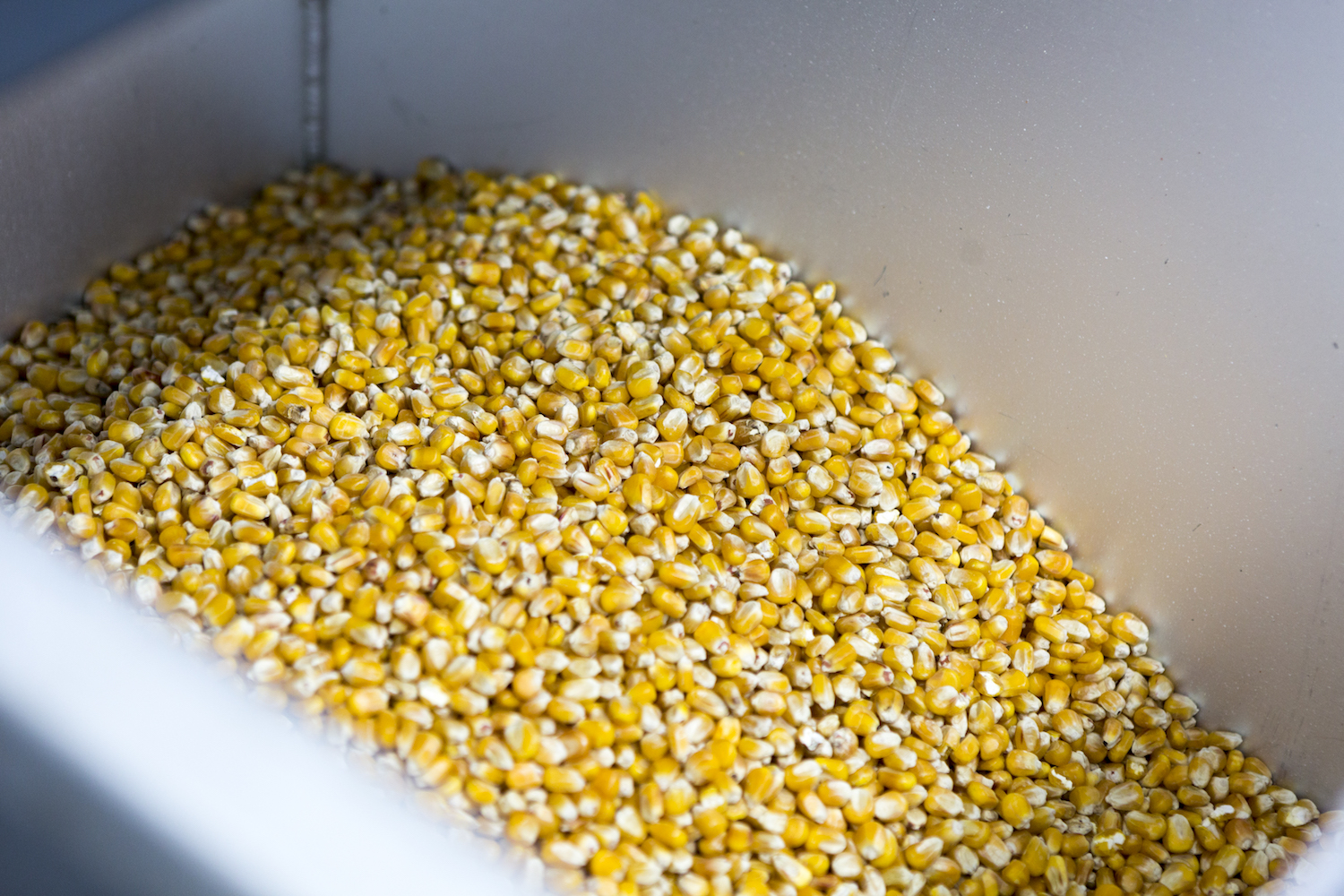There are many pests in the world which attack plants or compete with them for the resources they need to grow. This is true for plants growing in natural stands, but also for the plants that people grow as crops. If pests are left unchecked, crop productivity is compromised.
Without good pest control, it would take a lot more land to feed humanity - land we simply don't have. Pest damage can also compromise the storage or shelf-life of foods leading to more wasteful inefficiencies. Pests can also make foods dangerous through the production of mycotoxins (see contaminated corn below)
 The Food Waste Solution That You Might Not Know You Are Using
The Food Waste Solution That You Might Not Know You Are Using Nature: The Original Chemist
Nature: The Original Chemist













